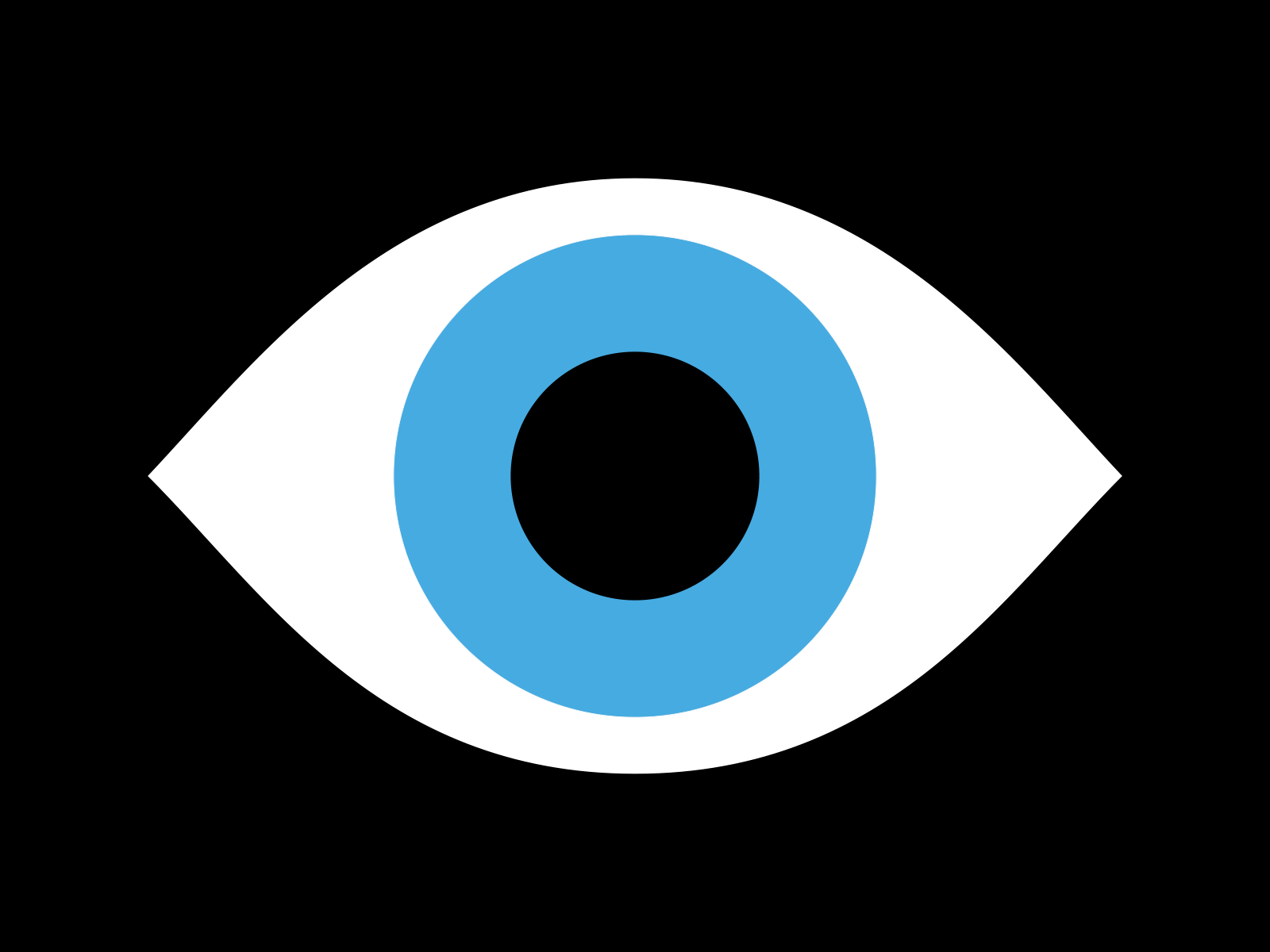Before the World Believes in You, You Have to Know Who You Are
Superman could fly.
He could bend steel.
He could see through walls.
But in Man of Steel, none of that mattered, because he was lost.
He wandered. Reacted. Hid.
Power without identity is just noise.
Strength without purpose is confusion.
Clark didn’t become Superman when he got his powers. He became Superman when he understood what they were for. When Jor-El revealed what the “S” stood for (hope), everything aligned.
That moment wasn’t about branding.
It was positioning.
Most companies are Clark Kent.
They have strengths.
Products.
Momentum.
But they’re wandering. They chase trends, tweak tactics, chase growth at the cost of coherence. And somewhere along the way, they lose the thread of who they are and why they exist.
They become reactive.
Campaign-driven.
Comparison-bound.
Because they haven’t done the work of anchoring themselves in a singular, ownable mental territory.
They mistake activity for clarity.
Visibility for resonance.
But visibility without identity is like a loud voice with no message. You’re shouting into the void, hoping someone will make sense of it for you.
Positioning is not a statement.
It’s a reckoning.
It’s not your elevator pitch.
Not your slogan.
Not your category label.
It’s your identity — codified.
Positioning is the moment a business stops describing what it does and starts owning what it means. It’s the internal alignment of belief, behaviour, and decision-making.
It’s when your scattered strengths become a focused force. Just like Superman’s powers didn’t mean anything until they became hope made visible, your features don’t matter until they point to a concept the world can feel, remember, and repeat.
Tesla doesn’t own “electric cars.” It owns the future.
Red Bull doesn’t own “energy drinks.” It owns performance.
Harley-Davidson doesn’t own “motorcycles.” It owns freedom.
These are not taglines.
They are positions in the mind.
But here’s the deeper truth: this is not about marketing.
This is about psychology.
Because people (regardless of B2B or B2C) don’t buy with logic. They buy with identity. They ask:
- Does this reflect who I am?
- Will this get me closer to who I want to be?
- Can I signal this to others?
In the language of neuroscience:
- Identity is processed by the default mode network.
- Decisions are made in the limbic system (emotion), not the neocortex (logic).
- Trust is felt before it is proven.
People don’t buy products. They buy meaning.
So the real question is: what role does your business play in their story of becoming?
Resonance isn’t a tactic. It’s a memory structure.
To stick in the mind, you need:
- Perceptual clarity: a singular idea that people can grasp instantly.
- Emotional charge: something felt before it’s understood.
- Repetition with variation: consistency across context, not uniformity.
Nike doesn’t need to explain its value.
“Just Do It” is the identity (not the positioning but an expression of it) that it gives its users.
When you own a singular mental concept, customers stop comparing. They start identifying.
And when identity locks in, loyalty follows, because switching isn’t about utility anymore, it’s about self-betrayal.
So what does this mean for you, practically?
If your team is scattered, your message keeps changing, and your customers hesitate, it’s not a sales problem — it’s a positioning one.
Ask:
- What noun do we own in the mind of our customer?
- What behaviour, belief, or identity does that unlock for them?
- What internal decisions must change to align with that?
Positioning is not a slide deck exercise.
It’s a leadership discipline.
It requires choosing what not to be. It requires operational alignment. It requires saying no to anything that dilutes the concept you’ve chosen to own.
You don’t become Superman by adding more powers. You become Superman by knowing what the “S” means.
The same is true for your business.
Before you try to scale, grow, or optimize, stop.
Ask: What do we mean?
Because until you can answer that, you’re just flying fast in circles.
Ready to Own Your Mental Territory? Start with the Free CEO Clarity Starter Kit

Don’t let misalignment hold your business back. The Free CEO Clarity Starter Kit gives you the tools to diagnose your positioning gaps and start building a strategy that sticks — all in minutes.
Includes
- Clarity Audit: A 2-minute quiz to score your strategic clarity (0–40 scale).
- Clarity Advisor: To help you answer what business you’re in.
- 30-Day Positioning Mastery Course: A 30-day video series to align your team and market presence.
Join thousands of growth-stage CEOs taking control of their mental territory. No cost, no catch. Just clarity.



Leave a Reply
You must be logged in to post a comment.